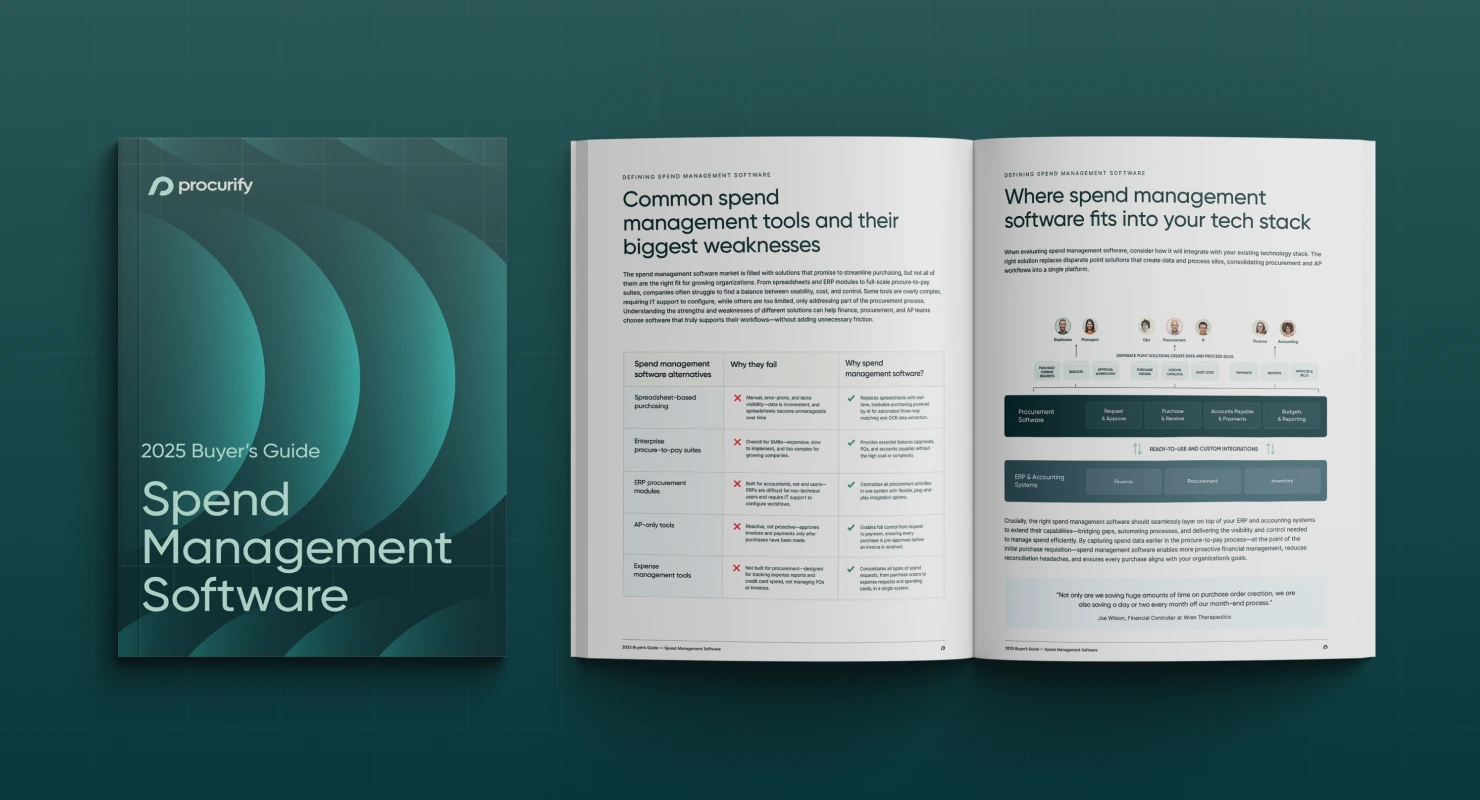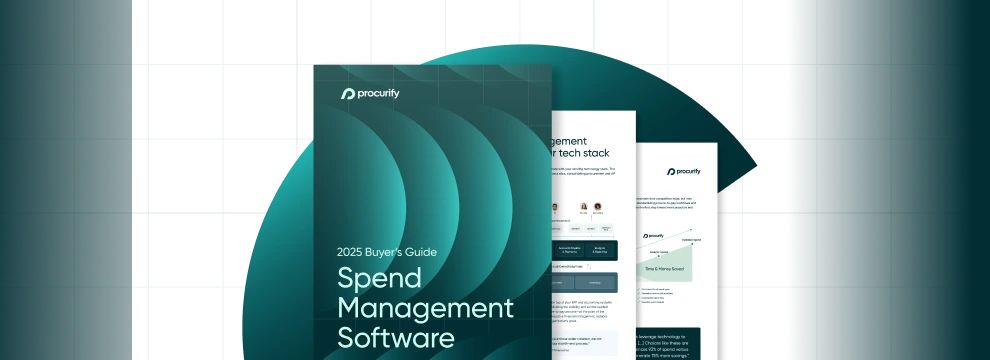3 Procurement Procedures to Implement for Smarter Purchasing
Procurement, not unlike other operational divisions in business, is in a constant state of progression and evolution. What’s more, good procurement leads to smarter purchasing.
Fact.
Much has been written – here and elsewhere – about procurement’s march towards the boardroom, in seek of its long-deserved place at the executive table and given its voice to influence the company.
But there is more to procurement’s evolution than joining the executive level. Procurement is also constantly evaluating its processes and duties: securing contracts, finding savings, and handling suppliers, to name but three examples.
Because of that nuanced, layered job description, the evolution of the procurement department is, likely, one that will not stop. Will procurement ever reach a perfect level of responsibility? Will procurement ever find the perfect amount of savings? Or, will procurement ever design find the perfect recipe for handling suppliers?
Well, the answer is no…to all of the above. There is always more work to do.
But that realization doesn’t change the meaning or the intent behind procurement’s pursuit. Procurement should always strive to establish a set of best procurement procedures to govern and support the profession…even if those procedures are constantly tweaked and refined.
The best procurement procedures to implement
So, what are the best procurement procedures? Good question. It is one, however, with no concrete answer. Rather, best procurement procedures are different for different organizations, depending on the maturity of their respective procurement functions.
Here’s a quick look at the different stages a procurement department can be in, according to consulting goliath PwC.
Scenario #1
- You want to define the vision for your procurement function and develop a roadmap to take you there;
- You are looking for initiatives to reduce cost;
- You do not have visibility of spending within your organization;
- You are concerned there may be a fraud in your procurement process.
Scenario #2
- You are about to spend significant amounts of money with a third party supplier;
- You have procurement staff operating independently throughout your organization;
- You do not have a procurement policy governing spending;
- You are planning to outsource a functional area of your business and need tender/RFP support.
Scenario #3
- You want to completely overhaul the way procurement is done in your business;
- You are having significant regulatory or compliance issues;
- You want to change and project management support for major procurement changes;
- You want support convincing internal stakeholders of the benefits of strategic procurement.
As you can see, the maturity and development of a procurement division can vary drastically. However, this is a critical point because it will determine the set of best procurement procedures you employ.
So…if establishing a set of smarter purchasing procedures is dependent on the stage of a respective procurement function, is it possible to draft a set of best procurement procedures that all can refer to?
Good question. Unfortunately, the answer is…not exactly. Establishing one blanket set of best procurement procedures for everyone involved in the procurement realm isn’t particularly effective.
That said, it is instructive to compile a list of questions every procurement function can ask, regardless of its situation. The answers to the questions will give a better picture of the best procurement procedures one can and should establish within their organization.
As with the stages of procurement listed above, here’s a list from PwC:
- Is procurement working effectively with the business units to support the company’s strategy?
- Can we report on spending by category (materials, technology, services) in an accurate and timely manner?
- Do we have a 12-month plan to reduce our addressable operational expenditure significantly?
- Do we manage our third-party suppliers strategically and do we measure the value they add to our business?
- Do we negotiate effectively with our suppliers with a focus on value?
- Do we have different buying regimes for everyday items and specialized cross-functional equipment?
- Does Procurement have a seat at the table for important investment and design conversations?
- Do we have a business risk recovery strategy in place to ensure business continuity?
Smarter purchasing begins with a smart procurement framework
Clearly, there is much to establish before deciding on a set of a way to create smarter purchasing goals for your organization. But without asking these questions and jumping through these hoops, setting a clear set of best procurement procedures will be difficult.
Do the leg work, your business will thank you later.

2025 Spend Management Software Buyer’s Guide
Choose the spend management solution best suited to your organization’s needs with an overview of the 2025 software ecosystem, feature comparisons, and a free vendor capability evaluation checklist.
